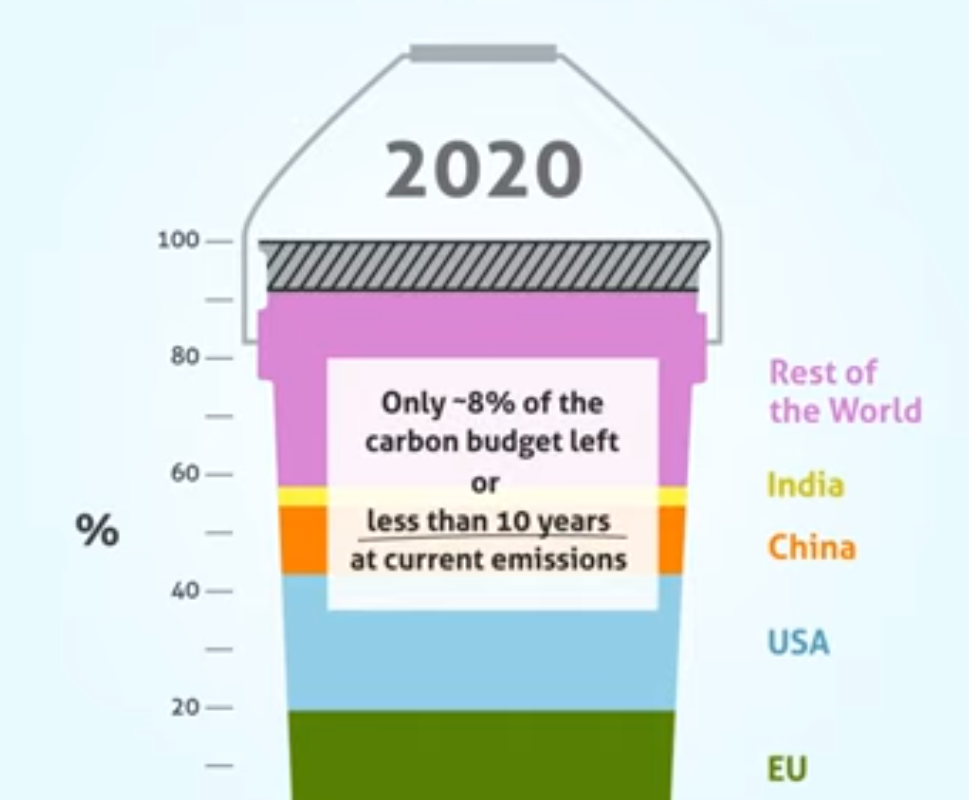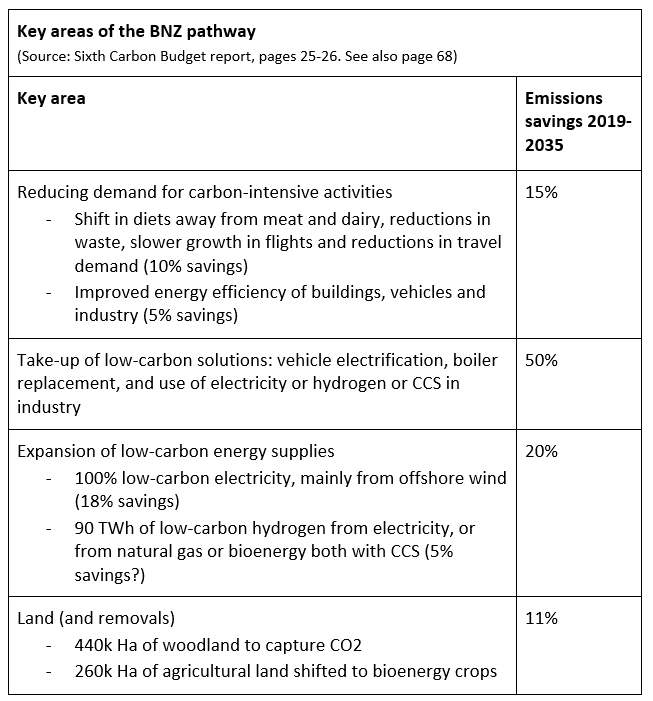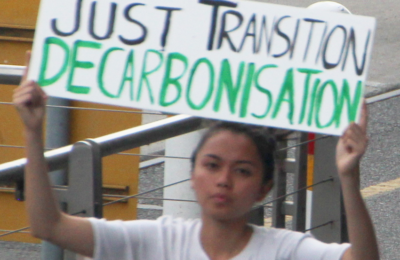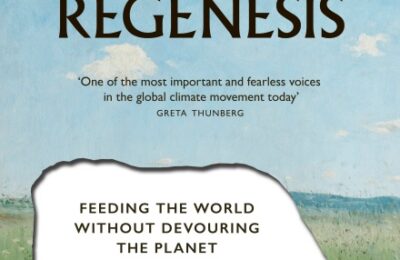This article by Peter Somerville, and its preface by Simon Pirani, first appeared at People and Nature.
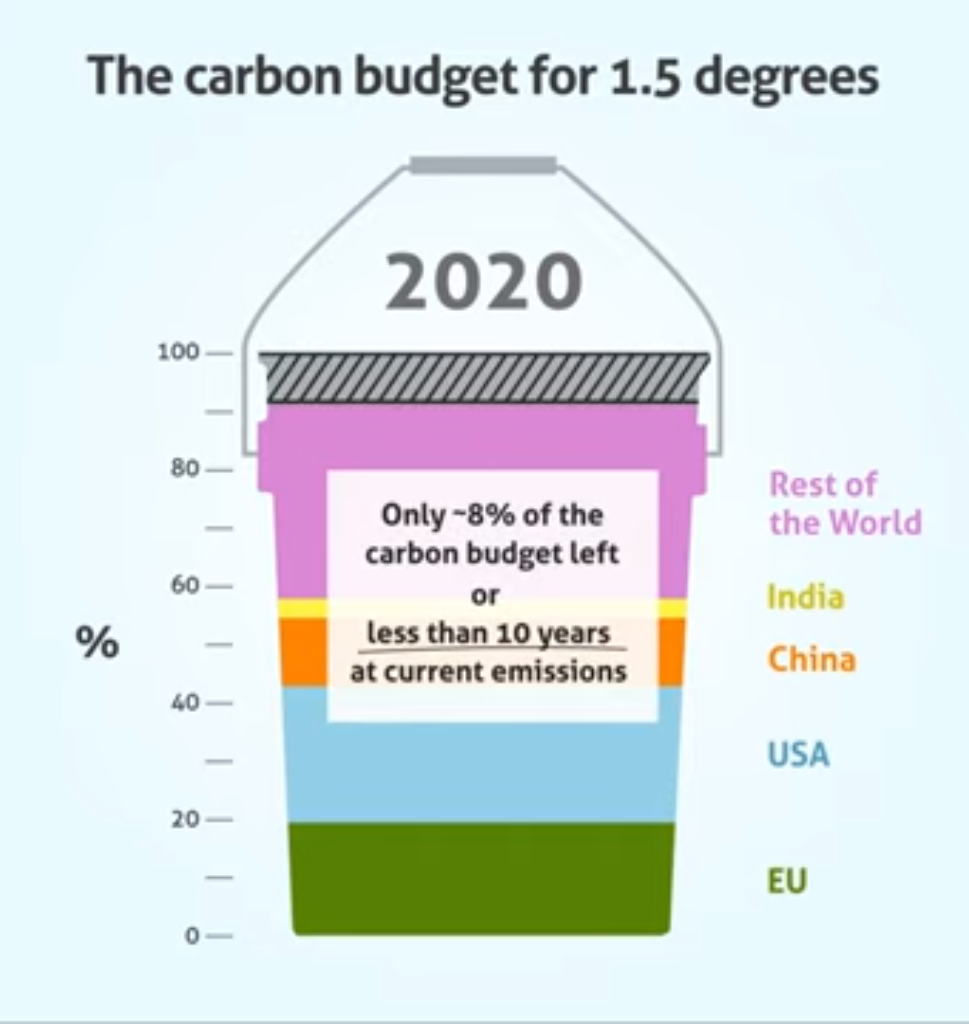
With the COP 26 international climate talks coming up in Glasgow in November, the UK government’s greenwash machine is going into overdrive.
The prime minister has set the tone with a “ten point plan” on climate – denounced as empty rhetoric by researchers (e.g. here and here) – which in turn is linked to the government’s new target, to cut greenhouse gas emissions by 78% of 1990 levels by 2035.
That target is linked to the sixth carbon budget for 2033-37, proposed by the Climate Change Committee (CCC) that advises the government.
The CCC has warned that the government is on track to miss the targets for fourth budget (2023-27) and the fifth budget (2028-32), and often made valid proposals for decarbonisation measures. For this it has been praised by Labour politicians, some environmentalist organisations and some climate scientists.
But looking coherent, compared to the government, is a very low bar to jump over. The CCC’s carbon budgets are not a realistic guide to the UK playing its part in tackling climate change – and are used by government ministers and other politicians to obstruct and delay effective action.
The way the CCC budgets are calculated would allow the UK economy to emit at least twice as much greenhouse gas as any amount that could possibly be described as its fair share.
In the article below, and a linked article on how a UK carbon budget could be set, Peter Somerville explains why.
To preface Peter’s arguments, here are a few words about what carbon budgets are, and why they matter.
■ Global carbon budgets are measurements of the amount of carbon dioxide that scientists estimate can be put into the atmosphere, before global warming breaks certain barriers. The budgets are often stated in gigatonnes of carbon dioxide emissions (GtCO2). The barriers are usually stated as global average temperatures, measured in degrees centigrade above pre-industrial levels.
■ Global carbon budgets are the products of scientific research. There are some good visualisations on the Global Carbon Project web site (go here and scroll down to “The carbon budget for 1.5°” and “Remaining carbon budget to 1.5° and 2°”).
■ In reports by the Intergovernmental Panel on Climate Change (IPCC), the budgets are set out in tables that provide scientists’ best estimates of the remaining carbon budget available, to keep global temperatures to certain levels. The IPCC Special Report on Global Warming of 1.5 degrees, published in 2018, said that, to limit warming since 1850-1900 to 1.5°, the remaining global carbon budget is 840 GtCO2, for a 33% chance of hitting the target; 580 GtCO2 for a 50% chance; and 420 GtCO2 for a 67% chance. The scientists also provided estimates for a range of other temperatures and likelihoods. You can see the key table (Table 2.2 in chapter 2) here.
■ There are uncertainties in climate science. These figures shift, as research teams refine their estimates. In the IPCC sixth assessment report, due out next year, the budgets are likely to be smaller than in previous reports.
■ Carbon budgets deal with CO2 emissions, that account for about three-quarters of the global warming effect. Scientists have developed budgets for other greenhouse gases, that collectively account for the other one quarter. Methane and nitrous oxide are the most important ones.
■ Global carbon budgets are worked out by science, but national carbon budgets are set by politics. They reflect what countries’ politicians decide is (i) a reasonable global budget to aim at, and (ii) their country’s fair share of that budget.
■ The CCC takes as a starting-point scientists’ global budgets that give humanity a 50% chance of hitting the 1.5 degree target (see the Sixth Carbon Budget report, pages 367-371) – which is itself a political decision. But it is not easy to see how it does the sums.
■ Researchers who have done their own sums say that the CCC is allowing the UK a share of the global budget that is disproportionate, and unfair to nations of the global south – in other words, stealing from the global budget.
■ A key research paper by scientists at the Tyndall Centre argued last year that the UK’s carbon budget for the rest of this century should be no more than half the figure the CCC is working with – that is, carbon emissions cuts have to be twice as stringent.
■ The CCC does not say what proportion of the global budget it thinks the UK could fairly use. Instead it starts with what it deems to be “feasible limits for ambitious but credible emissions reductions targets in the near term” (Sixth Carbon Budget report, pages 319-325). That is, it makes a political judgement about what a rich country with a long history of fossil-fuel-infused imperialism should do.
■ The CCC also tweaks its numbers by assuming – despite the lack of technological evidence – that large-scale carbon dioxide removal will soon be possible.
The CCC’s work is taken as a starting point for discussions of the UK’s carbon budget, and for emissions reduction plans by local governments, and for trade unions’ and environmental organisations’ climate policies. But, Peter Somerville argues, its approach does more to conceal than to clarify what needs to be done to tackle climate change. Simon Pirani
The CCC and its Sixth Carbon Budget
By Peter Somerville
The Climate Change Committee (CCC) is the mouthpiece in the UK of status-quo-supporting ecomodernism. It believes that capitalist growth must continue and that climate catastrophe can be averted by suitable planning and management, using new technology and government regulation, with a minimum amount of public investment plus a certain amount of behaviour change.
Radical social change is simply not on the CCC’s agenda.
Under the Climate Change Act 2008 (as amended by the Climate Change Act (2050 Target Amendment) Order 2019), the CCC is required to set five-yearly carbon budgets to reach net zero carbon by 2050. The government is required to develop policies and proposals to meet these budgets.
The first and second budgets (2008-2017) were met only because of austerity, higher fossil-fuel prices and the outsourcing of carbon emissions, so the government didn’t need to do anything at all and effectively did very little. The third budget (2018-22) is already well outperformed, due to the Covid 19 pandemic – so much so that the fourth budget (2023-27) could be met without the government doing anything.
All this strongly suggests that the budgeting process involves a laborious and bureaucratic “discourse of delay”, having the effect that governments feel that they do not have to act with any great sense of urgency … and that when they do have to act, it is sufficient to act incrementally, with minimum disruption to business as usual.
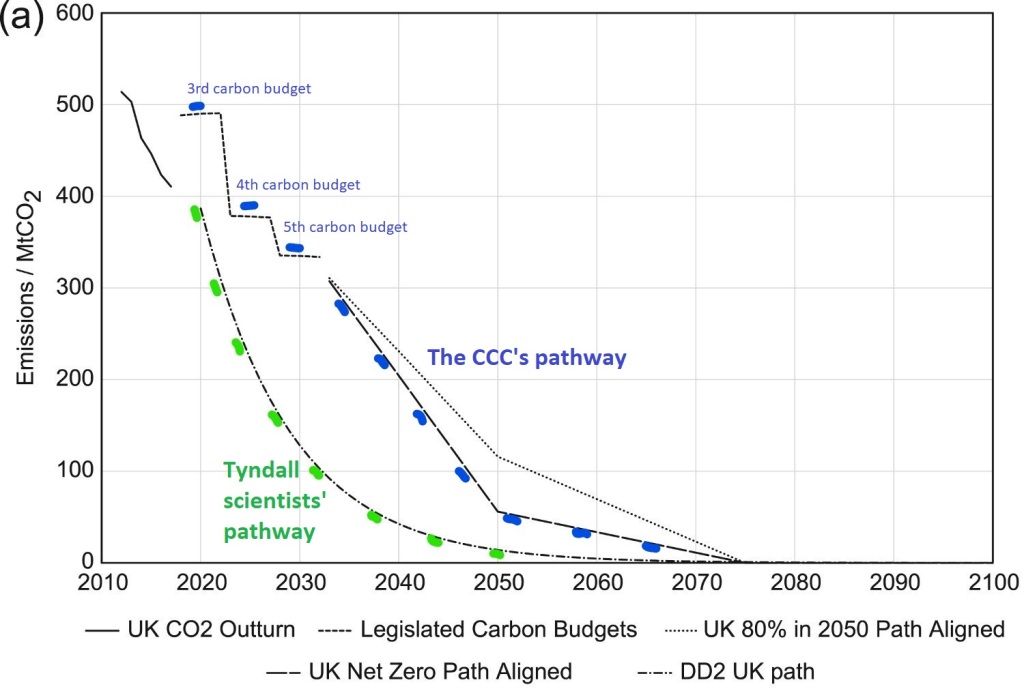
The CCC, however, see it differently. They have developed what they call a Balanced Net Zero (BNZ) pathway. They recognise that the 2015 Paris Agreement on climate change requires the “highest possible ambition”, but they believe that a pathway that realistically reaches net zero by 2050 is evidence of that ambition.
This pathway, however, is seriously lacking in ambition in three main respects:
■ First, as Kevin Anderson and his colleagues at the Tyndall Centre for Climate Change Research have pointed out, the carbon budget set for UK emissions to reach net zero by 2050 needs to be far smaller than allowed for by following this pathway. This is mainly because the pathway does not account for the UK’s historical responsibilities, and relies heavily on negative emissions technologies, that do not currently exist at scale.
The CCC’s pathway is also based on the assumption of only a 50% probability of limiting global heating to 1.5 degrees centigrade (the Sixth Carbon Budget report, page 39) – which few people would agree represents an acceptable degree of confidence. In contrast, the Climate and Ecology Bill, proposed by a cross-party group of MPs, states that a plan is required that has at least a 66% probability of this outcome.
■ Second, net zero is not enough, because it is necessary for the UK to make its fair contribution to reducing the concentration of greenhouse gases in the atmosphere, which is already too high. The level of CO2 is 417 parts per million, well above a safe level of 350 parts per million. It is stopping this level rising, as soon as possible, that is the key to limiting global temperature rise. Far from being the maximum level of ambition, the BNZ pathway is actually the minimum level of ambition.
■ Third, the CCC is proud of insisting that early action is needed but, as the first three budgets have shown, the weighting towards early action has not been nearly strong enough. Rather than a linear path towards 2050, with roughly the same annual emissions reductions in percentage terms, the proportions of emissions reductions required in the earlier periods should have been much higher.
This did not happen, primarily because the CCC is legally required to reach its target at minimum cost to the public purse. This false economy, perhaps more than anything else, is responsible for the climate emergency that now faces us.
The BNZ states that decarbonisation policy should focus on four key areas, shown in the Table:
Looking at these four areas, it can be seen that the CCC has too little of the right kind of ambition, and too much of the wrong kind of ambition.
It lacks ambition on renewable energy, as it simply accepts the government’s plan to build 40GW of offshore wind power capacity by 2030, with no mention of other possible sources such as onshore wind and solar power.
Arguably, the CCC also lacks ambition on retrofitting buildings. In its BNZ pathway, buildings emissions would only be reduced by half by 2035. The proposal for 5.5 million heat pumps by 2030 (page 328) sounds a lot … but it means that more than 20 million homes will continue to be heated by gas.
Lack of ambition is also prevalent in the CCC’s neglect of public transport and industry regulation, and in its acceptance of aviation growth.
Perhaps to make up to some extent for this lack of ambition, the CCC is very ambitious in its advocacy of hydrogen, carbon capture and storage (CCS) and land use change. These ambitions, however, are all problematic.
One problem for the CCC is that hydrogen plays a role in all of their scenarios, but they lack a clear framework for decarbonising it.
In the BNZ, hydrogen is used in hybrid heat pumps, in industry, in energy supply, and in energy storage.
This might be acceptable if the hydrogen is to be “green” – that is, zero carbon, produced, for example, by the electrolysis of water. However, the CCC’s projections assume that much of the hydrogen will be “blue” – that is, produced by processing natural gas such as by steam reforming of methane, and capturing the carbon dioxide that is emitted in the process. Such technology does not currently exist at scale.
A limited amount of hydrogen could be produced from organic waste, but on nothing like the scale envisaged in the BNZ.

Hydrogen could well be “vital in providing flexibility to deal with intermittency in the power system” (page 25 of the report), but it needs to be green. Arguably, a clear pathway to decarbonising hydrogen is needed.
The problems with CCS are well-known, and so will not be repeated here. What the CCC is proposing, however, is truly staggering. It appears to assume that much of industry will continue more or less as usual, except that it will increasingly use CCS – when, obviously, if industry were required to switch to using renewable energy this would not be necessary.
CCS is also expected to enable the production of low-carbon hydrogen, which is needed only because the BNZ is not ambitious enough in its renewable energy pathway.
Worst of all, however, the CCC expects 260,000 hectares of agricultural land to be shifted to growing bioenergy crops: that is, more than 1000 square miles, or twice the area of Greater Manchester. This is undeniably ambitious … but it is the wrong kind of ambition.
The BNZ assumes that a shift of diet away from meat and dairy (20% by 2030, 35% by 2050) will free up a great deal of agricultural land, but the CCC does not explain how this shift is to occur.
It may be worth mentioning here that the main producer of bioenergy in the UK, and the largest single emitter of carbon dioxide in UK, namely Drax power station, had its own representative on the committee … until last month, when she quit, in the midst of a furore over the “glaring” conflict of interest in her appointment.
Three final points are worth noting:
First, the CCC have never acknowledged any clear UK responsibility for reducing emissions embodied in imported products (e.g. emissions from Chinese steel plants manufacturing products exported to the UK), even though the increased consumption of these products is the main reason why the UK’s carbon footprint has fallen only slightly since 1990.
According to the CCC’s report: “In 2017 the UK consumption emissions footprint was 16% below 1990 levels” (page 346). Although it makes a passing reference to the introduction of “effective trade measures and product standards”, and “border carbon adjustments” (page 347), the CCC continues to assert that it is other countries that are mainly responsible for imported emissions, and recommends only that consumption emissions be monitored (page 445).
Second, the CCC never sufficiently considers the causes of greenhouse gas emissions. For example, they never report that it is primarily higher income groups that are responsible for carbon emissions; they never distinguish between high-carbon and low-carbon jobs; and they never really consider financial issues such as the extent of subsidies to fossil-fuel industries.
Third, the cost to the public purse of the BNZ is calculated as only £9-12 billion by 2030, which is less than the £12 billion by 2025 pledged in the government’s ten point plan – which has itself been criticised for being far too little.
To conclude: this plan will not work. And if it did work, the UK would still not be on a pathway to avoiding 1.5 degrees heating. We need a better plan, and we need it now.
Download these articles on carbon budgets, as a pdf
■ Calculating a fair carbon budget for the UK – a linked article
■ Peter Somerville is Emeritus Professor of Social Policy at the University of Lincoln. His latest publications include: “A critique of climate change mitigation policy”, Policy & Politics (2020) 48, 2: 355-378; “Revisiting the connections between capital and nature I: the importance of labour”, Capitalism Nature Socialism (2020); “Revisiting the connections between capital and nature II: the case of climate change”, Capitalism Nature Socialism (2020); and “The continuing failure of UK climate change mitigation policy”, Critical Social Policy.

